GIGABYTE X99-SOC Champion Motherboard Review: Low Cost X99 Overclocking
by Ian Cutress on January 5, 2015 4:00 PM EST- Posted in
- Motherboards
- Intel
- Gigabyte
- Overclocking
- X99
GIGABYTE X99-SOC Champion Software
Similarly to the BIOS, the software has been upgraded over the past 18 months. Easy Tune 6 is out, and the new interface is a sleek color-on-black design. This allows GIGABYTE to alter the color palette depending on what motherboard is being used – blue for Ultra Durable, orange for SOC and yellow/green for gaming. So the accents on our X99-SOC Champion are orange and the software has the default orange OC style, but this can be adjusted in the preferences.
The base menu system is called APP Center which shows the various ‘apps’ in a scrollable window. The Live Update element on the bar is fixed, while the rest are sorted in alphabetical order and can be adjusted into the place that the user wants.
@BIOS is the interface for updating the BIOS through the operating system. This front screen shows the details of the motherboard (note the 128 Mb BIOS chip), and the tabs on the side allow the BIOS to be updated by directly downloading the BIOS from the server or via a file. The bottom selection, Face-Wizard, allows a user to adjust the POST image on startup.
USB Blocker allows the administrator to block different types of devices used in the USB ports. GIGABYTE’s main use for this is in an office environment to stop employees using mass storage, or for public machines such as in libraries.
The Cloud Station Server is a relatively new part of GIGABYTE’s software package, allowing for overclocking, remote control, hotspot functionality and adjusting use based on proximity to a Bluetooth device (such that the system hibernates if >10m from a paired Bluetooth phone).
EasyTune is the big one for overclocking, and GIGABYTE offers several tools to help with automatic overclocks. We tested each of these and with a sufficient CPU 4.1 GHz should be a walk in the park. The Auto Tuning aspect also hit 4.1 GHz on our sample.
Manual overclocking can also be performed, and here GIGABYTE allows voltages by offset rather than the absolutes given in the BIOS.
Users can also adjust the phase control and load line calibration in the 3D Power tab.
For users wanting to create RAID arrays using the chipset based solution, EZ Setup provides the tabs:
Ideally I would have liked this software to detect all the devices I have connected and list them, in case they were plugged into the wrong SATA ports for RAID.
The Fast Boot application does what it says on the tin, with an extra option to allow users to restart and enter the BIOS directly.
One of the newer tools in GIGABYTE’s arsenal is Game Controller, which allows both macro generation and introduces a ‘Sniper Mode’ for improved mouse accuracy. We have played with the macro generator before, and nothing much has changed – it needs some form of tutorial as well as the ability to adjust and move individual elements of the macro. Currently, if you make a mistake in making the macro, there is no way of adjusting a single element.
The System Information Viewer shows what the system has in it in terms of the processor, motherboard and memory, although the main use of this app is for the fan controls.
The software comes with four general fan settings which are applied to all the fans when selected.
The advanced tab offers a calibration button that tests each fan in the system then the user can use that data to adjust the multi-point graph. That being said, I am unsure why the software does not to the mathematics for the user such that we get a graph of fan speed (RPM) against temperature – it would be really easy to do. GIGABYTE should also consider adding hysteresis to the fan configuration, as this allows the fan to remain at high mode when cooling down in order to speed up the process.
A user can also adjust the system to provide alerts when the temperatures or fans reach a maximum value. Other manufacturers provide similar alert systems, although typically users can select a high and a low value to produce a warning. The Hardware Monitor button here unfortunately did not work in our test system.
The Smart Time Lock feature is a super upgraded version of ASRock’s Online Management Guard but completely shuts down the system when the specified time limit is reached, or the system is in non-use time. This has applications for parents who want to limit the time their children use the computer for non-school activities.
Smart Recovery will take an image of a drive for safe keeping and allow a user to restore he image should the system be compromised. Perhaps not ideal is that the user must install this software in order to restore the image – it would make sense if part of the software was baked into the image so it could self-extract and apply to the system it is run on.
The last app for GIGABYTE is its update software. Compared to previous iterations we have tested, this successfully finds software that needs updating and performs the process of uninstalling and reinstalling as required. One issue that has been addressed now is the size of each update is listed and made available to the user before it is selected to download. Previously those on slow or limited connections might be stranded with a 600MB update of audio drivers without any way of knowing, so I am glad GIGABYTE has pushed this update.
A new feature for GIGABYTE software is the Smart Switch, offering users a Start-Menu like application for Windows 8.


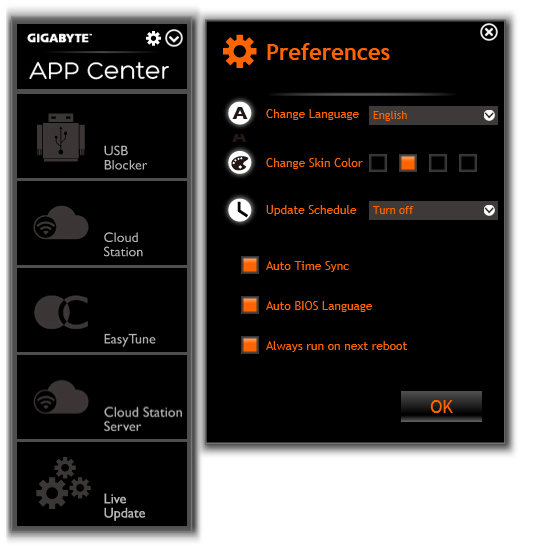
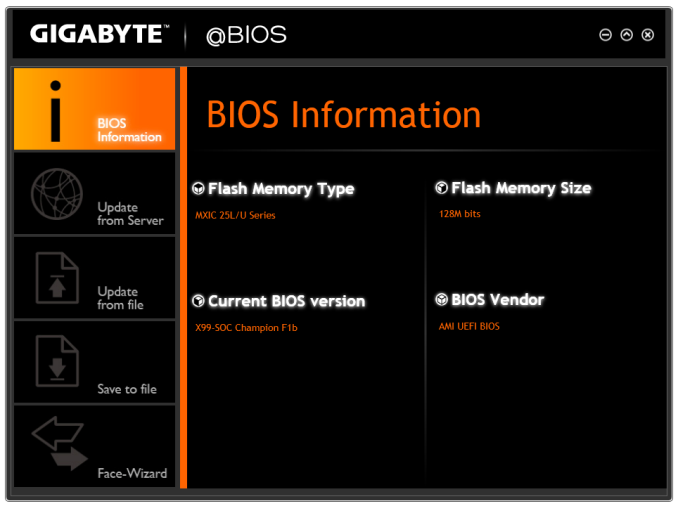

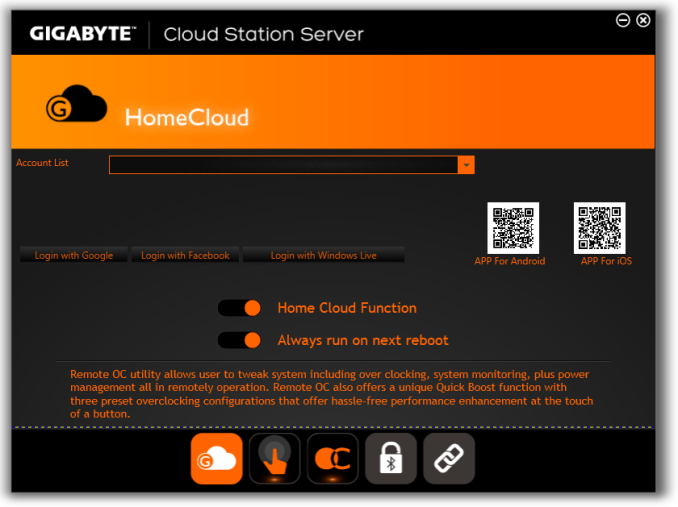
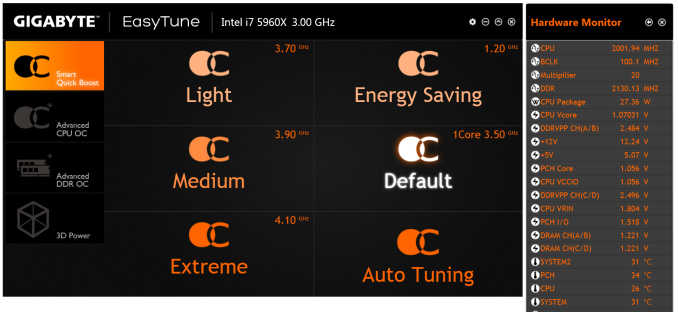
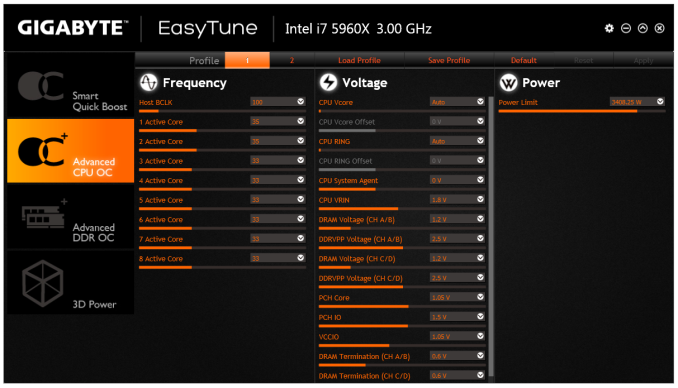
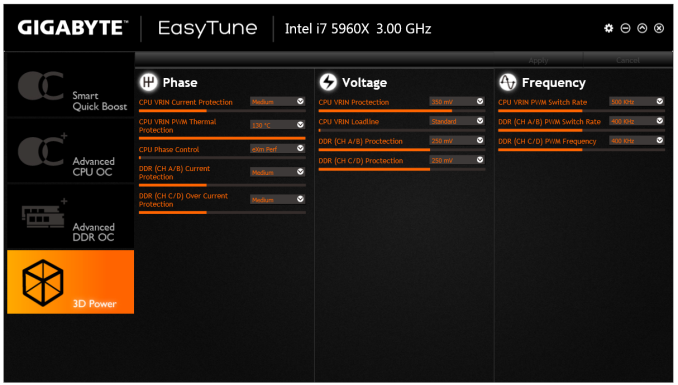
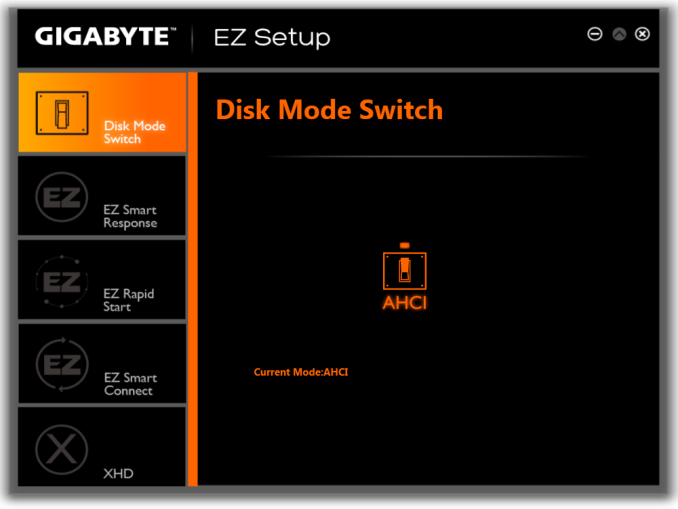
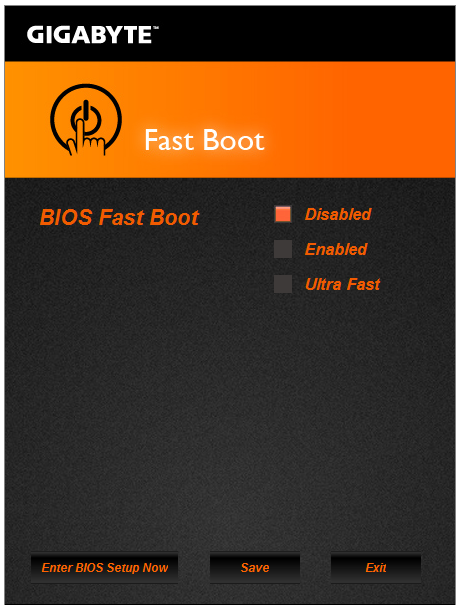
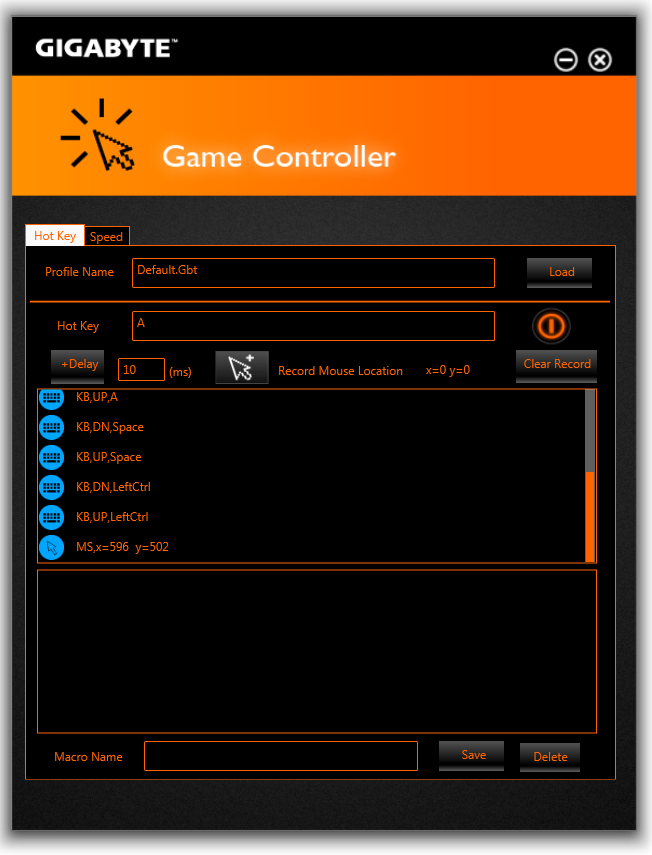
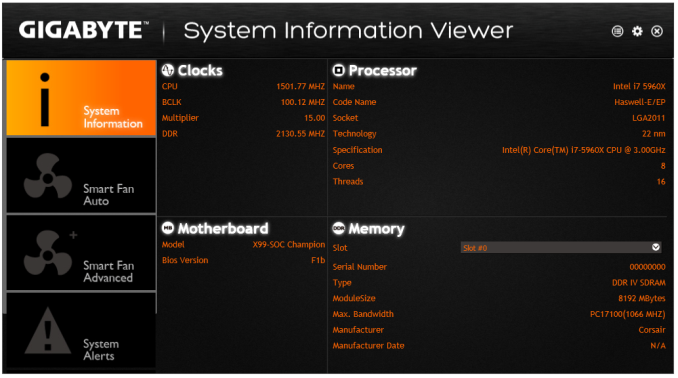
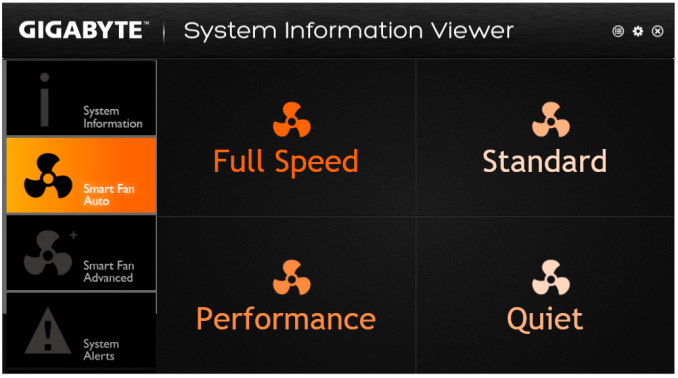
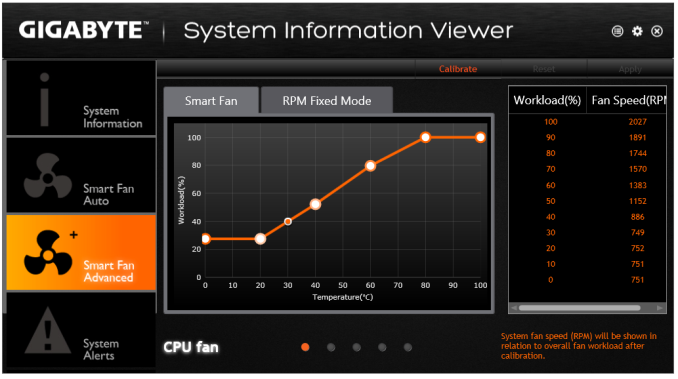
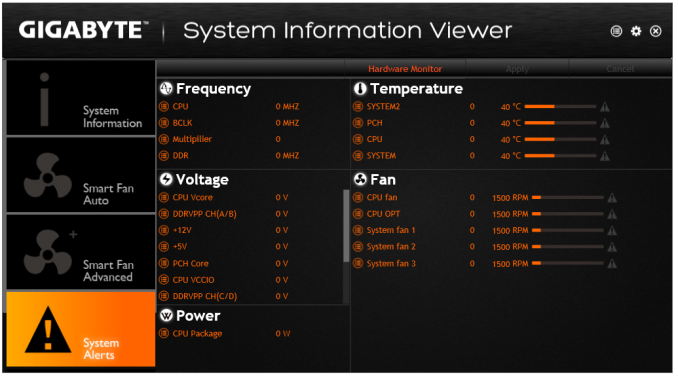
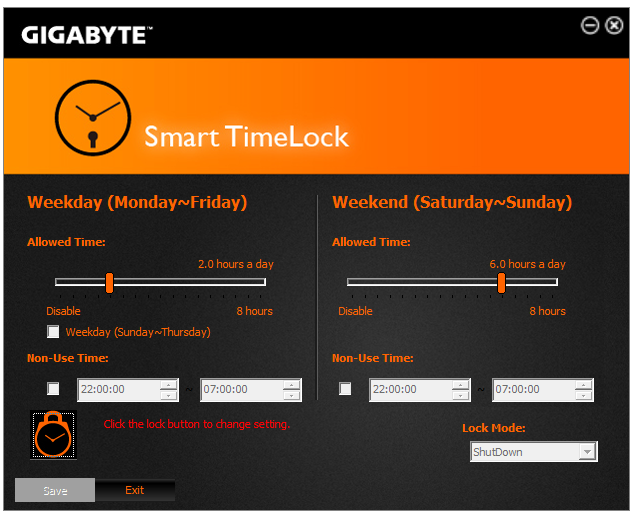
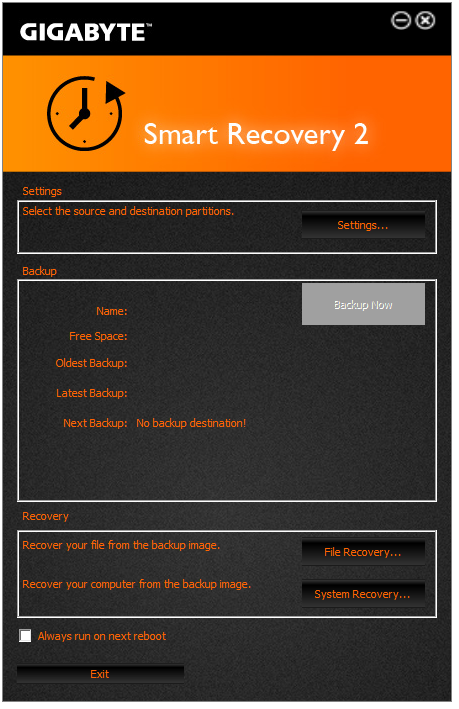
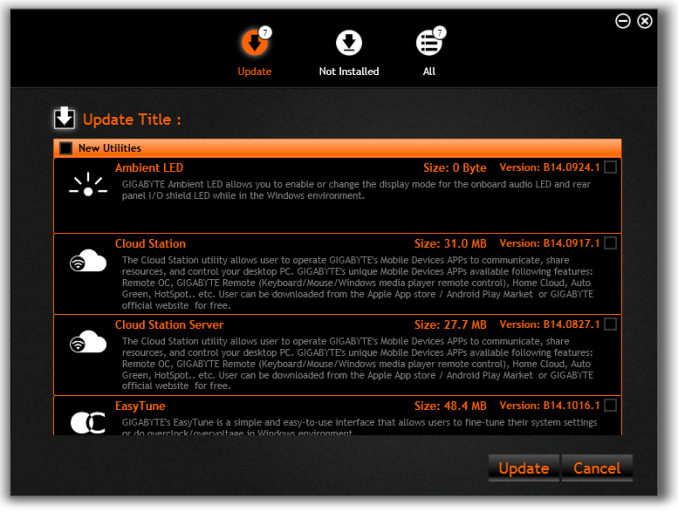
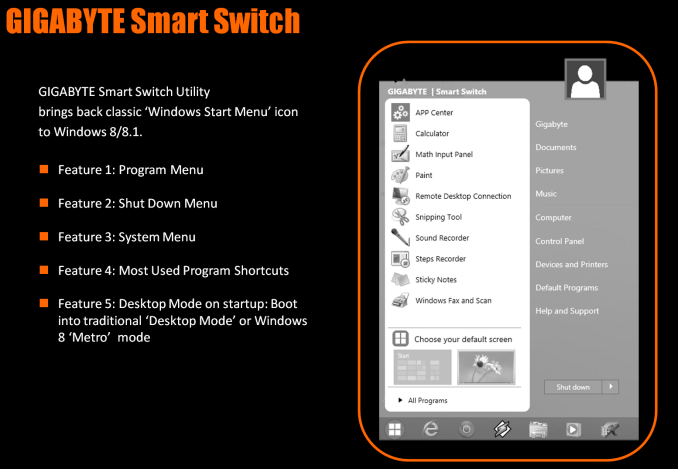














10 Comments
View All Comments
zepi - Monday, January 5, 2015 - link
Anandtech should check on the rumours that some Motherboard and Graphics card manufacturers are silently rolling out Rev 2.0 boards with inferior quality components through retail channels without updating their product listing websites etc.Especially Gigabyte has been targeted by this rumour, but you should investigate this about other vendors as well.
I'm sure that some retailers would be more than willing to co-operate about such information assuming a bit of visibility.
Jasmij - Monday, January 5, 2015 - link
That Gigabyte is having revisions for costdown is not a rumour, please see this article: http://us.hardware.info/reviews/5835/spot-the-diff...RaistlinZ - Monday, January 5, 2015 - link
Yeah, I read that too. I hope it's only limited to their super low-cost boards. But Anandtech should certainly follow up in a Rev 2.0 of this board is realeased and make sure Gigabyte isn't cutting back on quality, features or performance.bobmitch - Monday, January 5, 2015 - link
Also beware of the USB 3.0 issue with Gigabyte. Their boards fail to boot up with a USB 3.0 external peripheral attached. In addition, the latest set of bios releases cause the CPU to throttle. No static overclocking is available...doublecheck your boardEvilNodZ - Monday, January 5, 2015 - link
I had this problem with my USB3.0 external HDD connected to my X99 Gigabyte Gaming 5 motherboard and after contacting to customer support i was given a few Beta Bios that eventually sorted this problem with the front ports on my case after feedback they sorted it with all my ports. So they are aware of the problem and already have a fix in development.I havent checked if the new Bios released fixes the problem yet since i don't have any problems with my beta bios i have not updated yet.
Samus - Tuesday, January 6, 2015 - link
I haven't had a quality gigabyte board since the P35-series. The H61 and B85 I've come across were both problematic. The H61 had a lot of BIOS bugs (and the last BIOS before end-of-life didn't fix them, such as fan controls and UEFI secure boot problems) and the B85 was just downright unstable. I eventually tracked the problems down to the Quadro K2000 that was installed by installing a GT430. I don't think the board has proper power regulation to power a spec PCIe GPU that doesn't have aux power input. At first I thought it was the power supply and I tried replacing it the Corsair CX430 with a Seasonic 500-watt but the random reboots still persisted in Adobe Illustrator.That Quadro K2000 has been running for months in a Dell with a H81 chipset without issues. It is just the Gigabyte B85 board that can't supply enough power to the PCIe slot.
I've had better luck with MSI lately than Gigabyte, and that's kind of depressing. MSI has come a long way and Gigabyte is falling apart. Asus and occasionally Asrock are still my go-to brands, though.
chizow - Monday, January 12, 2015 - link
I never had this problem with my Gigabyte X99 Gaming 5, but had a slew of other issues that would have prevented me from recommending this board.The main two would have been:
1) Overclocking required a LOT of voltage. Much more than similar OCs for other boards, like the Asus and MSI boards. I needed 1.3V for 4.4GHz on my i7 5820K and I still wasn't totally satisfied it was stable OC.
2) RAM would not run rated specs above 2133MHz (technically OC above that for X99), even with RAM with XMP rated higher.
They have both been resolved in the latest BIOS update here, so I am pretty happy with it now: F8b
http://forums.tweaktown.com/gigabyte/28441-gigabyt...
Before that, there were some of the worst BIOS issues I have ever encountered, failed boot loops, fail to boot with RAID array, fail to POST with molex power connected to board, yeah. Rough launch for X99 for sure, but glad to see they are still working on improving the boards. Definitely don't waste time with the official BIOS or stock BIOS if you want to OC at all, go to the link above and grab the latest!
Overall though, great platform, extremely fast, all modern amenities with tons of native USB 3.0, 10xSATA3, and up to 40 lanes of PCIe 3.0. Just a lot of growing pains, more than I can remember with any new chipset.
SumGuy954 - Thursday, January 8, 2015 - link
Awesome specs on the board, and love the looks of it. One issue. I hate sideways Sata ports. I really hate it when they are sideways. Access is difficult when it is installed in a case. Finding angled cables wit the notch pin the right direction can be very frustrating. I wish none of them did this.imaheadcase - Tuesday, January 13, 2015 - link
I agree, I kind of wish they found someway to put the sata ports, or all ports in the back of motherboards so you can hook them up through holes on other side of care. They would eliminate the need for any cable management since all cables would go straight to back of case area. I guess this is a manufacturing difficulty that is to hard to address.But at the very least, why can't they put all ports on top of the board so all cables can drape back behind board?
nraglin - Monday, August 17, 2015 - link
Does this motherboard support Mac OS?